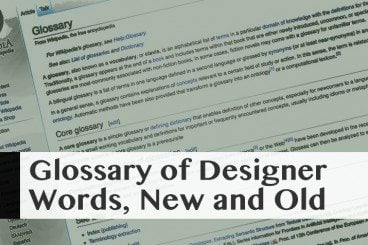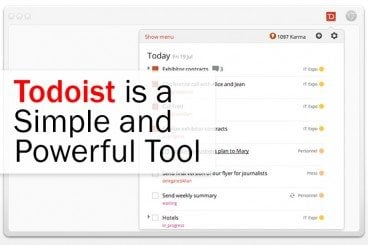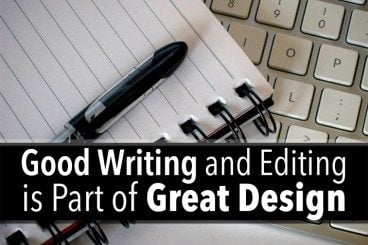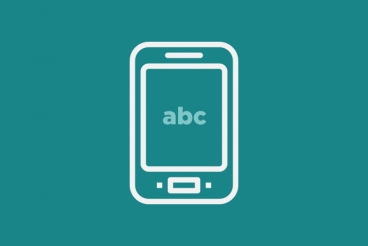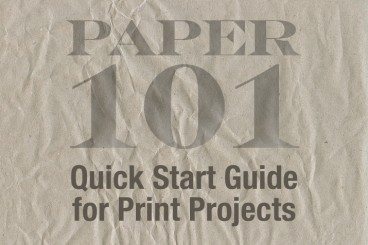
Graphics / 15 Apr 2014
Paper 101: Quick Start Guide for Print Projects
While most principles and tenets of design are pretty universal, printing is not. For anyone jumping to a different medium (online to print) or even one medium to another, it is vital to know just what you need and will get when working on a print job.
Elements such as paper stock, paper size, coating and fold can significantly impact how a design is put together for a printed project. Here’s a guide to help you get started and better understand the ins and outs of printed projects.

